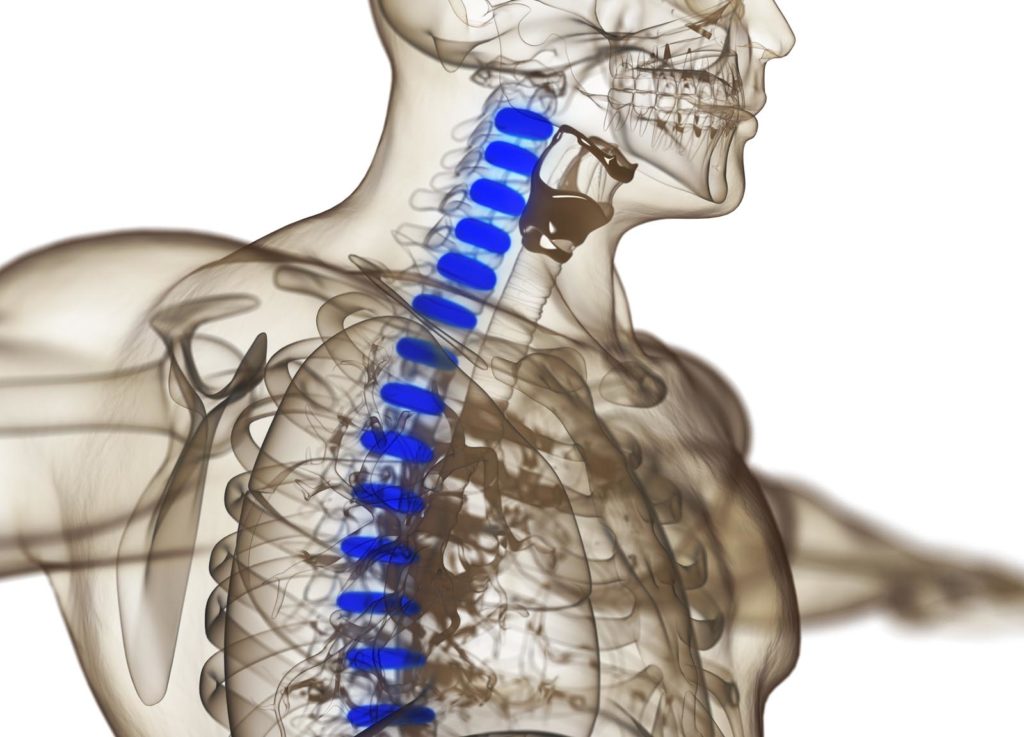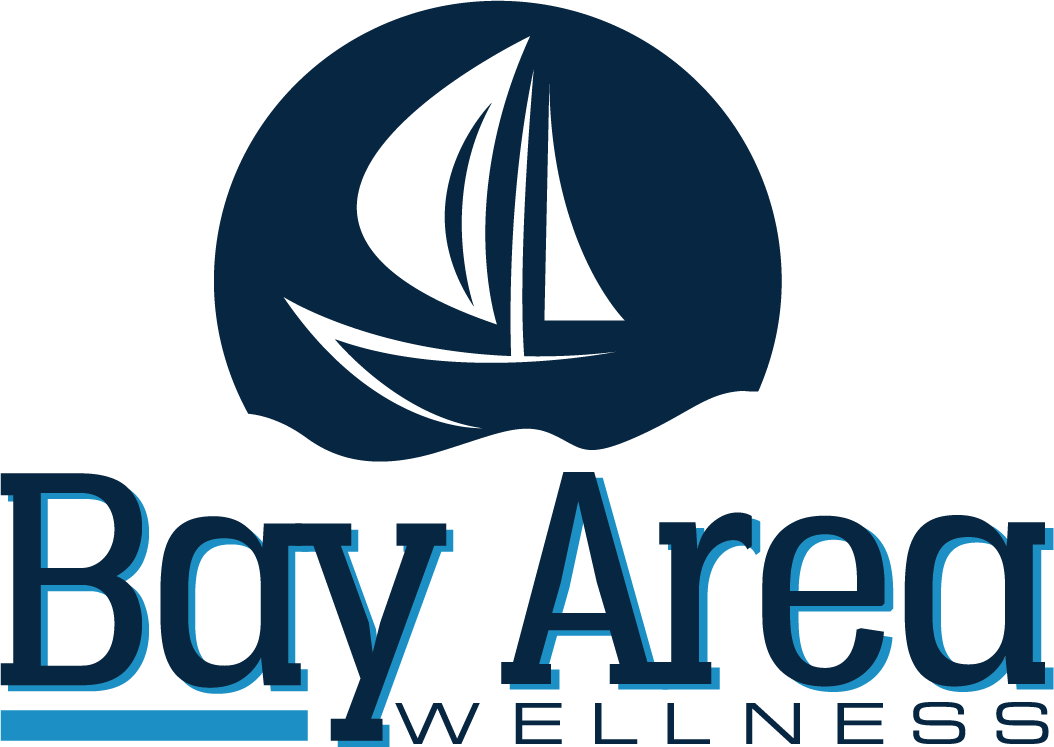This website uses cookies so that we can provide you with the best user experience possible. Cookie information is stored in your browser and performs functions such as recognising you when you return to our website and helping our team to understand which sections of the website you find most interesting and useful.
2110 Priest Bridge Drive, Suite 6
Crofton, MD 21114 USA
410.721.5050
Fax: 443.302.2566
bayareawellnessgroup@gmail.com



Contact Us
Now Is a Great Time to Start Feeling Better... In Lieu Of Completing This Box, You May Also Reach Us At 410.721.5050. We Look Forward To Hearing From You Today!

Phone Number
410.721.5050
Hours of Operation
We are happy to meet you during our working hours. Please make an appointment. Monday: 8:00am-12:00pm & 2:00pm-6:00pm Tuesday: 8:00am-12:00pm Wednesday: 8:00am-12:00pm & 2:00pm-6:00pm Thursday: 8:00am-12:00pm & 2:00pm-6:00pm Friday: 8:00am-12:00pm
Contact Us
Now Is a Great Time to Start Feeling Better... In Lieu Of Completing This Box, You May Also Reach Us At 410.721.5050. We Look Forward To Hearing From You Today!

Phone Number
410.721.5050
Hours of Operation
We are happy to meet you during our working hours. Please make an appointment. Monday: 8:00am-12:00pm & 2:00pm-6:00pm Tuesday: 8:00am-12:00pm Wednesday: 8:00am-12:00pm & 2:00pm-6:00pm Thursday: 8:00am-12:00pm & 2:00pm-6:00pm Friday: 8:00am-12:00pm
Disc Herniation & Disc Degeneration
- Home
- Disc Herniation & Disc Degeneration
Treating Patients With Disc Pain is One of Our Strongest Specialties!
Dr. Kibby and Dr. Matt both have Advanced Training in Disc Therapy Protocols.
But First, “What is Disc Bulging, Disc Herniation, and Degenerative Disc Disease?”
These are related conditions that denote the adverse, physical and functional changes that happen to the spinal discs with injury and aging. Disc injury will predispose one to an earlier onset of disc degeneration.
Our discs are made of two components… tough, rubbery outer wall and a soft gel interior. The discs are located between the vertebrae. All together, they make up about one third of the length of the spine. Their job is to act as both shock absorbers and spacers between the vertebrae. They absorb the spinal compression that our body weight and body positions exert downward along the spine. They also provide spacing between the bones to allow the spinal nerves to exit without being pinched.
However, because the discs are under pressure, when the outer wall is torn, the inner gel will bulge through this weak spot and can pinch the nerve as it exits. As we age, the spinal discs begin to become harder and degenerate. This can increase the risk of herniated discs, bulging discs, spinal stenosis, and osteoarthritis.
Symptoms of Disc-Related Pain
In many cases, a herniated disc or degeneration of spinal discs may cause no symptoms, until an injury occurs. Then, symptoms are generally proportional to the extent of injury and pre-existing level of herniation and degeneration. This would be unique for each patient.
Pain may occur at the site of the herniated disc in the back or neck. In addition, once aggravated, the disc may cause more pain by compressing nearby spinal nerves. Depending on where the bad disc is located in the spine, pain can now travel to other areas of the body, such as the buttocks, legs, and arms. Numbness and tingling in the arms and legs may also be experienced. Pain and paresthesias can range from mild to severe in intensity and from constant to intermittent. Again, the amount of pain is generally proportional to the amount of pressure on the nerve. So, as the pressure is gradually relieved with treatment, the pain and symptoms will gradually reduce as well.
Causes of Herniated Discs and Degenerative Disc Disease
As mentioned previously, our spines can be injured and degenerate as a natural part of aging. The most common causes of disc ‘wear and tear’ include injury from improper bending, lifting, excessive sitting with poor posture, smoking, obesity, lack of adequate core strength, aging, car accidents, work injuries, and sports injuries. Smoking has been reported to increase the rate of disc degeneration by 600%, compared to non-smokers.
Tears in the tougher outer layer of the disc are a common disc injury and the discs usually degenerate as we grow older.
Treatment For Disc Herniation and Degeneration
Our treatment for disc-related pain is very specialized and Dr. Kibby is the only certified provider for this technique in the entire area. Certification requires maintaining current status with continuing education courses. This procedure has received federally-funded research and is evidence-based. It has been shown to be more effective than other treatment procedures. It’s called Flexion-Distraction, developed by Dr. James Cox. You may read about it and watch videos of the procedure at www.CoxTechnic.com.
Other more common procedures include electric muscle stimulation with ice or heat packs, physical therapy, rehabilitation exercises, postural education to reduce spinal loading and anti inflammatory medication.
Surgical options may need to be considered for unrelenting pain, unresponsive muscle weakness or deep tendon reflex changes. Fortunately, the necessity of surgery is reduced with our treatment technique.
There are specific activities and exercises you can perform to prevent and minimize disc-related pain and stay healthy. We’ll show you and teach you these principles during the course of your treatment.
If you are experiencing frequent back or neck pain of any kind, contact us at 410.721.5050 for an appointment.



